Environmental campaign groups Uplift and Greenpeace have confirmed they will launch separate legal challenges against the decision to approve the Rosebank oilfield development.
They will ask the Court of Session in Edinburgh for a review of consent granted by the energy secretary and offshore industry regulator, the North Sea Transition Authority (NSTA).
It will then be up to the court to decide whether to grant permission for a full hearing.
The UK Government has pledged to “robustly defend” its decision.
300 million barrels of oil at stake but campaigners say planet’s future is too
Rosebank, about 80 miles north-west of Shetland, is the UK’s largest undeveloped oil discovery.
Norwegian firm Equinor received approval for its plans to extract 300 million barrels of oil there, using the Knarr floating production storage and offloading vessel, in September.
Aberdeen-based Ithaca Energy holds a 20% stake in the project.
In a joint statement, Uplift and Greenpeace claimed the decision to approve Rosebank is unlawful as it ignores the impact of emissions from burning the oil produced. It is also not compatible with government net-zero and climate targets, the two groups said.
And they claimed production on Rosebank will damage marine life in a protected area.
Uplift executive director Tessa Khan said: “If Rosebank goes ahead, the UK will blow its own plans to stay within safe climate limits. It’s that simple.
“If the government disagrees, it needs to provide evidence and prove it in court.
“The regulator also needs to be open about its reasons for approving a huge oilfield when we’re facing a worsening climate crisis.”
‘Billions in tax breaks’
Ms Khan added: “Rosebank is getting billions in tax breaks, but it will do nothing to lower bills or boost UK energy security as it’s mostly oil for export.
“People have had enough of oil and gas companies getting their way all the time.”
While Equinor will not directly receive subsidies from the government for Rosebank, the company has highlighted tax offsets and investment allowances it can benefit from.
‘Rigged’ climate assessment
Greenpeace UK co-executive director Areeba Hamid claimed the government used a “rigged” climate assessment to “deliberately ignore” the impact of related emissions.
Ms Hamid added: “Rosebank’s development was approved under the false claim that it is entirely compatible with the UK’s legally binding climate commitments. This is a lie.
“It’s like building a bomb and claiming it’s completely harmless, so long as no one detonates it.”
The government is prioritising the profits of oil and gas companies over the planet, she claimed, adding: “Rosebank’s development simply cannot go ahead. We’re taking the government to court to make sure that it doesn’t.”
Uplift and Greenpeace claim Rosebank will make it impossible to achieve the North Sea Transition Deal target of halving CO2 emissions from the oil and gas industry by 2030.
Equinor has said the oilfield could be producing through to 2051.
Electrification of production would cut emissions to 1.6% of the UK industry total.
The environmental groups also argue NSTA’s approval is “procedurally unfair and irrational”. NSTA gave no reasons for its decision and failed to explain how it is consistent with the net-zero target, they added.
It is also claimed the government failed to properly asses the impact of Rosebank on marine life.
According to Greenpeace, drilling and laying subsea cables “will destroy habitats for sponges and other species living on the seabed, while oil contamination would affect whales and wild birds”.
Equinor has said surveys along the proposed pipeline route “found no significant deep-sea sponge aggregations”, while the risk to seabirds is deemed to be “very low”.
A government spokesperson said: “We strongly reject these claims and will robustly defend any such challenge.
“We will still need oil and gas as part of our energy mix.
“We will continue to back the UK’s oil and gas industry, which underpins our energy security, supports up to 200,000 jobs, and will provide around £50 billion in tax revenue over the next five years – helping fund our transition to net-zero.”
An NSTA spokesperson said: “We do not comment on ongoing legal issues.”
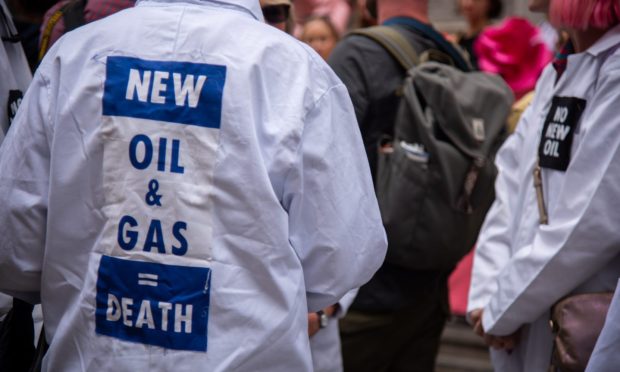
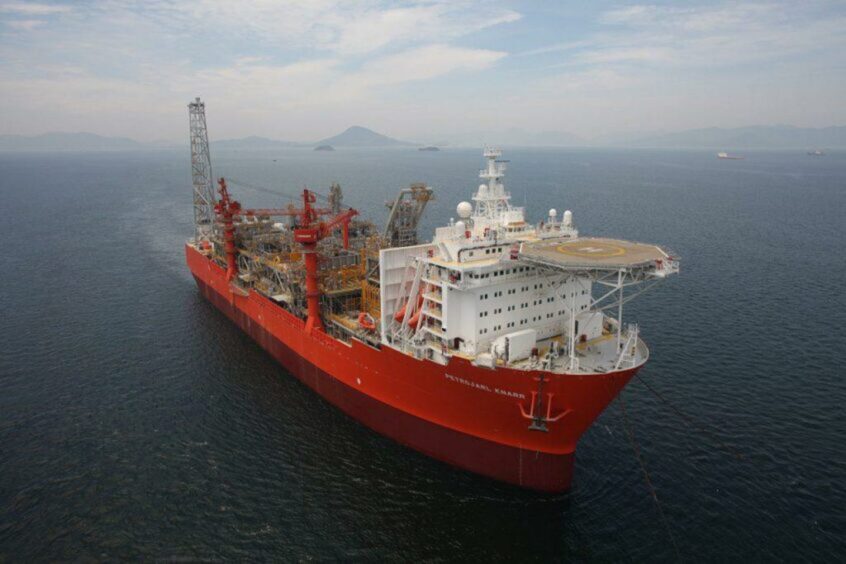



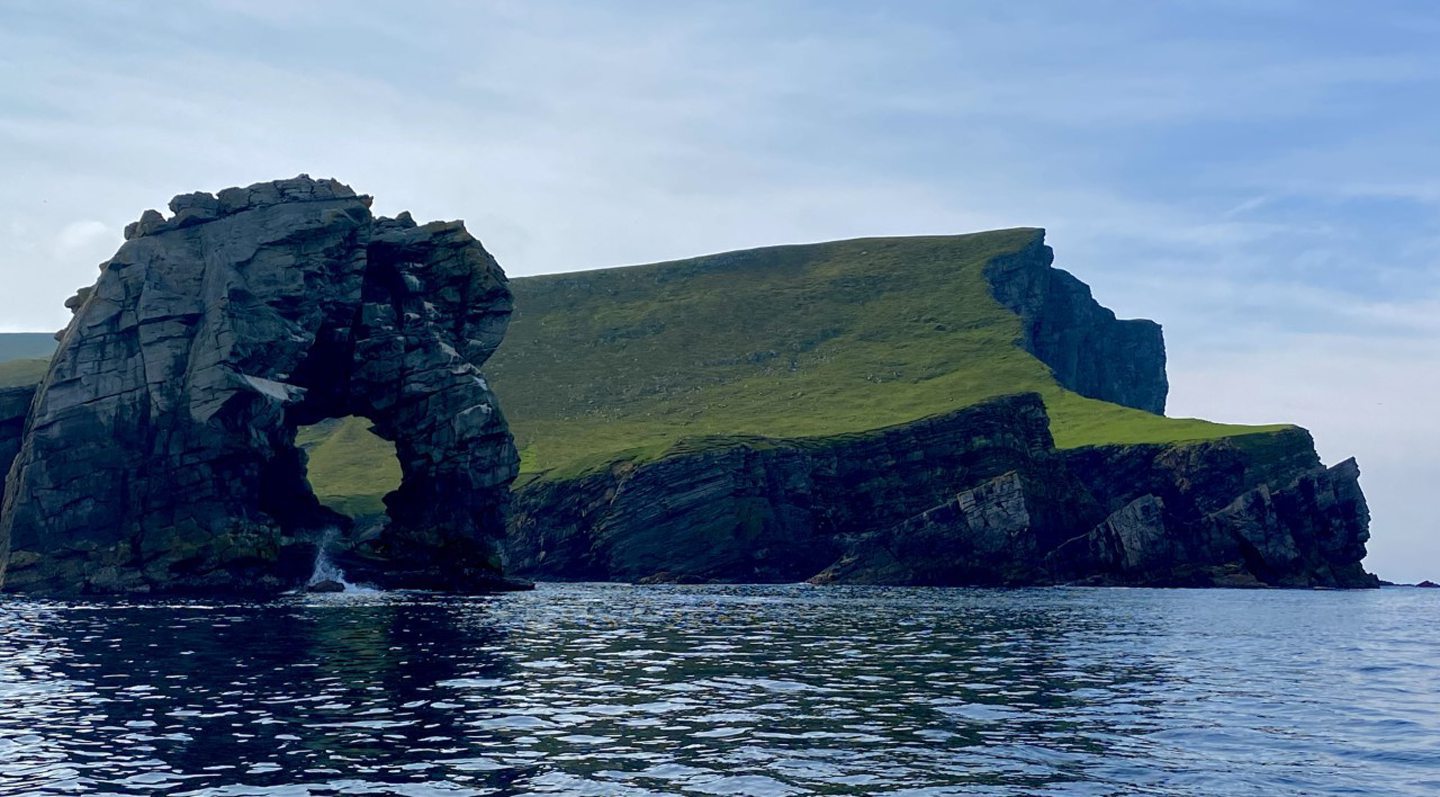


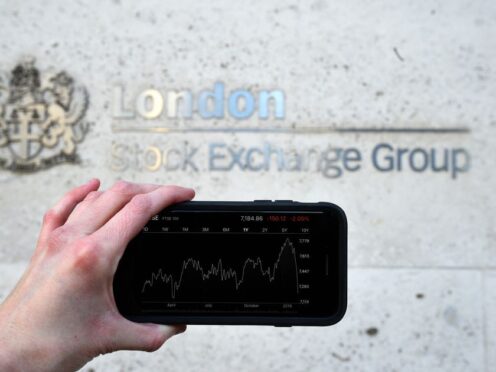





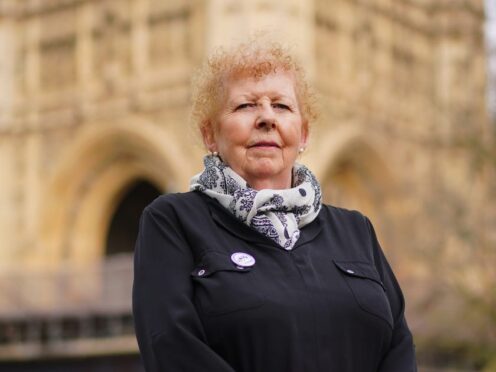
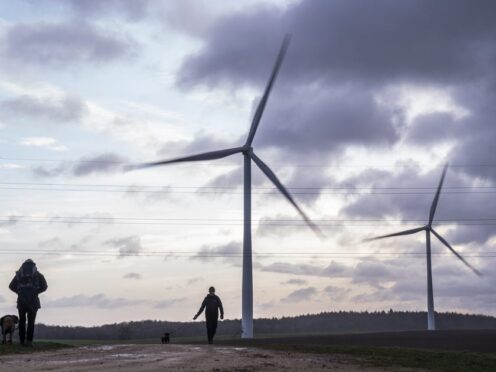
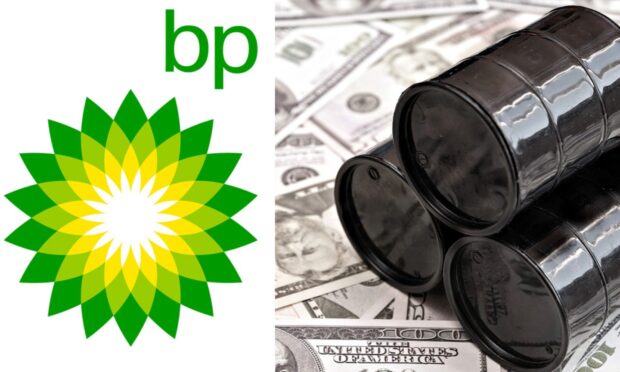
Conversation